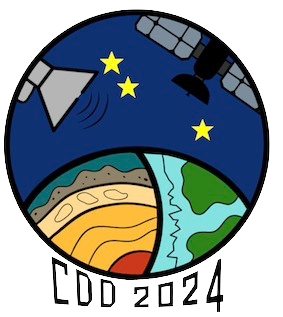Orateur
Description
Addressing seismic hazards accurately is one of the major challenges in seismic engineering and seismology. Current analyses predominantly rely on a linear approximation. However, this approach encounters notable limitations, especially close to the surface and the fault zones where stresses and strains introduce material nonlinearity. Nonlinear soil behavior has been widely described in laboratory settings by a reduction of the shear modulus and an increase of damping. These changes, also observed in real data, are accompanied by a shift in resonance frequencies toward lower values and smaller amplification. Nowadays, advancements in global networks and robust signal processing tools facilitate a deeper exploration of soil property changes due to nonlinearity, particularly in situations where this phenomenon is prevalent. This study uses data recorded at the KiK-net (surface/borehole configuration) and KNET (surface configuration) stations in the Iwate Prefecture in Japan. The database includes more than 20 years of records (from the beginning of the operations until December 2022), comprising forty thousand seismic waveforms from earthquakes having magnitudes ranging from 2 to 9. Our methodology involves employing seismic interferometry, accomplished through deconvolution and phase correlation techniques, on the KiK-net data. The interferograms are categorized into three amplitude bins based on Peak Ground Acceleration (PGA): 1-5, 10-25, and 50-80 cm/s2. We stack data in each bin and use the mean interferograms to evaluate velocity changes across different frequencies, establishing the 1-5 cm/s2 PGA bin as our linear reference. Concomitantly, we calculate the phase autocorrelation of waveforms for KNET and KiK-net’s surface records, employing a similar processing approach as interferograms to derive velocity changes. Autocorrelation results are generally larger than those from interferometry, with a mean value of 10% and 5% for KiK-net stations, respectively. Notably, stations with high Vs30 values exhibit significant velocity reduction, indicating the influence of soft soils near the surface. This challenges the ability of Vs30 as an indicator of nonlinear response, suggesting that high Vs30 values may obscure the presence of shallow soft soil layers.

